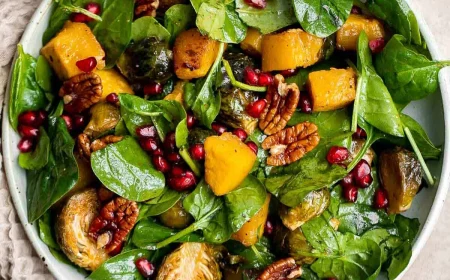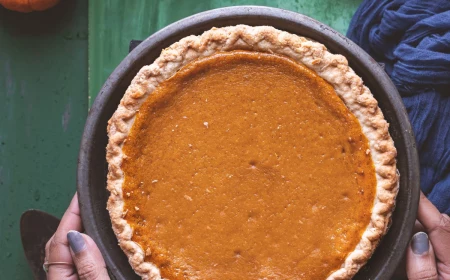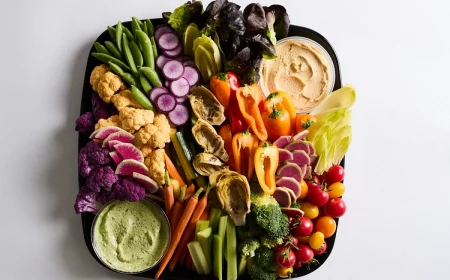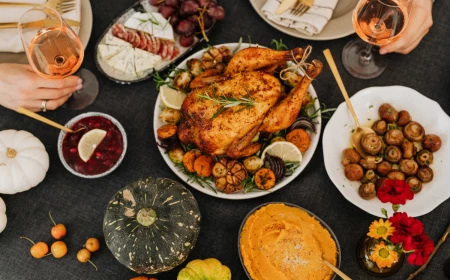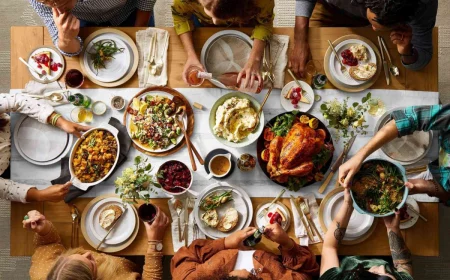The Real Stars of Thanksgiving: Your No-Stress Guide to Unforgettable Side Dishes
I’ve been at the helm for Thanksgiving dinner for more years than I can count. I’ve done cozy dinners for four in a kitchen the size of a closet and chaotic, joyful feasts for thirty with a double oven. And let me tell you, I’ve made all the mistakes—from mashed potatoes that could double as wallpaper paste to trying to cram five different dishes into one tiny oven. Those battle scars taught me the single most important truth of this meal: the turkey is just a big, beautiful prop. The real magic, the heart of the whole experience, happens in the side dishes.
In this article
A truly spectacular Thanksgiving spread is all about balance. Think of it like a symphony of flavors and textures working together. You absolutely need those rich, creamy dishes that feel like a warm hug. But you also need bright, sharp veggies to cut through all that richness and wake up your palate. And of course, you need the savory, herby goodness of a perfect dressing. It’s not about overwhelming your guests with fifteen options; it’s about choosing five or six knockout dishes that truly sing together.
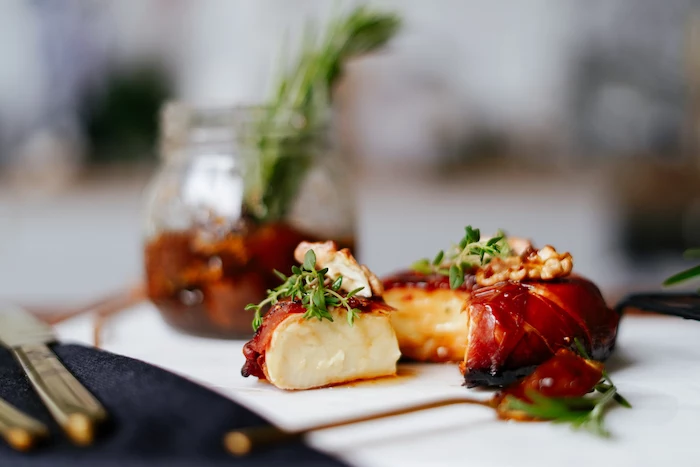
This isn’t just a list of recipes. We’re going to get into the why behind the techniques. My goal is to give you the confidence to build your own menu, fix problems on the fly, and actually have a good time doing it. So grab an apron, and let’s get started.
The Comfort Crew: Potatoes, Potatoes, Potatoes
Let’s be real, a Thanksgiving plate just isn’t complete without a generous scoop of some kind of potato. It’s the comforting anchor for everything else. But getting them right is all about understanding what you’re working with, because not all spuds are created equal.
First things first, a quick potato primer. They generally fall into two camps: starchy or waxy. For light, fluffy mashed potatoes, you want starchy spuds like Russets or Idahos. Their insides break down into a beautiful, airy texture. For dishes where you need the potato to hold its shape, like in a gratin, you’ll want a waxier type like Yukon Golds or red potatoes. They stay firm and won’t turn to mush when baked in cream. Choosing the right one is honestly half the battle.
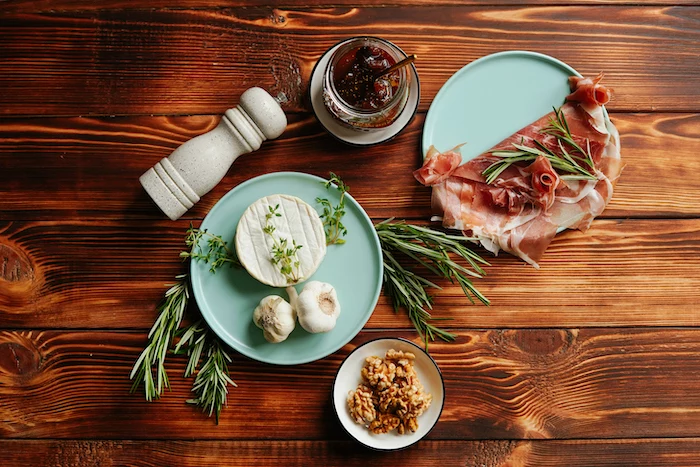
Cloud-Like Mashed Potatoes Every Time
The difference between dreamy mashed potatoes and a gluey mess is all about managing starch. Overwork them, and you’re in trouble. This method is all about being gentle and getting rid of excess water.
Good to know: This recipe serves about 6-8 people.
- The Goods: 4 lbs Russet potatoes, 1.5 cups whole milk (or half-and-half if you’re feeling fancy), 1 stick (8 tbsp) of good unsalted butter, plus salt and pepper.
- How to Do It: Peel your potatoes and cut them into uniform 2-inch chunks. Pop them in a big pot and cover with cold, salted water. Starting cold ensures they cook evenly. Salt the water like you would for pasta—it seasons the potatoes from the inside out. Bring to a boil and cook until a fork slides in with zero resistance.
- Drain them really, really well in a colander. Then, here’s a key trick: put the empty pot back on low heat, dump the potatoes back in, and let them steam dry for a minute or two, shaking the pot. This gets rid of the last bit of water, which is the enemy of fluffy potatoes.
- Now, for the mashing. Please, for the love of all that is good, do not use a blender or food processor. It will turn your potatoes into a sticky nightmare. A potato ricer is your best friend here—it’s a small investment (around $25 online) that pays huge dividends in texture. A simple hand-masher is the next best thing.
- While the potatoes cook, gently warm your milk and butter in a small pan. Adding cold dairy will shock the potatoes and make them lumpy. Rice or mash the dry potatoes back into the warm pot, then gently fold in the warm milk and butter mixture with a spatula. Don’t go crazy stirring! Just fold until you get the consistency you like. Season generously.
Quick Fix: Did they get a little gummy anyway? Don’t panic. You can’t totally reverse it, but you can salvage it. Gently fold in a bit more warm butter or a dollop of sour cream to enrich it. Worst case? Spread them in a baking dish, top with cheese and breadcrumbs, and bake it. Boom—it’s a potato casserole now.
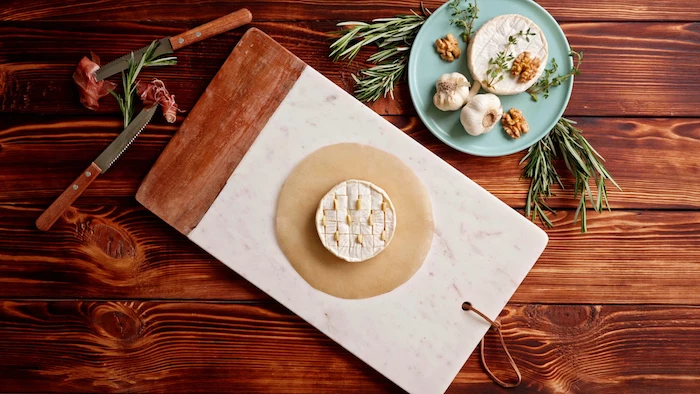
The Fanciest Casserole: Potatoes au Gratin
A gratin feels so elegant, but it’s really just about layering. This is where those waxy Yukon Gold potatoes get to shine, holding their shape beautifully in a decadent cream sauce.
Heads up: This dish is a crowd-pleaser and serves about 8-10.
- What You’ll Need: 3 lbs Yukon Gold potatoes, 2 cups heavy cream, 4 smashed garlic cloves, a couple sprigs of fresh thyme, a pinch of nutmeg, salt, pepper, 1.5 cups grated Gruyère cheese, and a half-cup of grated Parmesan.
- Budget Tip: Gruyère can be pricey, sometimes running $15-$20 a pound. If that’s not in the budget, a good sharp white cheddar or even a block of Monterey Jack will work beautifully and save you some cash.
- How to Do It: The most crucial part is slicing the potatoes to a consistent 1/8-inch thickness. A mandoline is the tool for this job. But seriously, be careful. I highly recommend buying a cut-resistant glove; they’re about $10 on Amazon and way cheaper than a trip to the ER. If you’re using a knife, just take your time.
- Next, infuse your cream. In a saucepan, simmer the cream with the garlic, thyme, and nutmeg for a few minutes. This step is what makes the dish taste like it came from a restaurant.
- Butter a 9×13-inch baking dish. Layer your potato slices, overlapping them, and sprinkle with cheese between layers. Strain the warm cream mixture over the top. Cover tightly with foil and bake at 350°F for about an hour. The foil traps steam and cooks the potatoes through. Then, remove the foil, add the rest of the cheese, and bake for another 20-30 minutes until it’s golden and bubbly. Let it rest for 15 minutes before serving so it can set up.
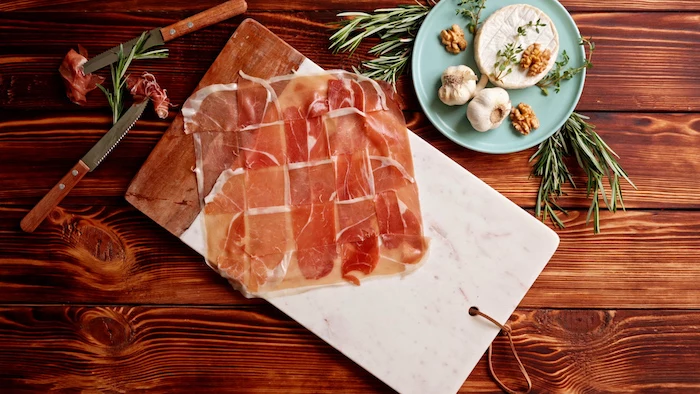
Sweet Potatoes That Aren’t Just Sugar Bombs
So many candied sweet potato recipes are just cloyingly sweet. The secret is to balance that sugar with spice, salt, and fat. Oh, and by the way, those “yams” at the grocery store? They’re almost always orange-fleshed sweet potatoes.
Good to know: This serves about 6-8 people.
- The Goods: 4 lbs sweet potatoes, olive oil, 6 tbsp unsalted butter, 2/3 cup brown sugar, 1 tsp cinnamon, 1/2 tsp ginger, 1/4 tsp nutmeg, a tiny pinch of cayenne, 1 tsp vanilla, and about 2 tablespoons of bourbon or orange juice.
- How to Do It: First, roast, don’t boil. Toss the peeled and cubed sweet potatoes with olive oil and salt, and roast at 400°F for 20-25 minutes. This brings out their natural, deep sweetness.
- While they roast, make the glaze. Melt the butter in a pan, then stir in the brown sugar and spices. That little pinch of cayenne won’t make it hot; it just adds a whisper of warmth that cuts the sweetness. Let it bubble for a couple of minutes, then take it off the heat and stir in the vanilla and bourbon (or OJ).
- Toss the roasted potatoes with the glaze in a casserole dish and bake for another 15-20 minutes until the sauce is bubbly and thick. If you’re a marshmallow person, throw them on top for the last 5 minutes of baking.
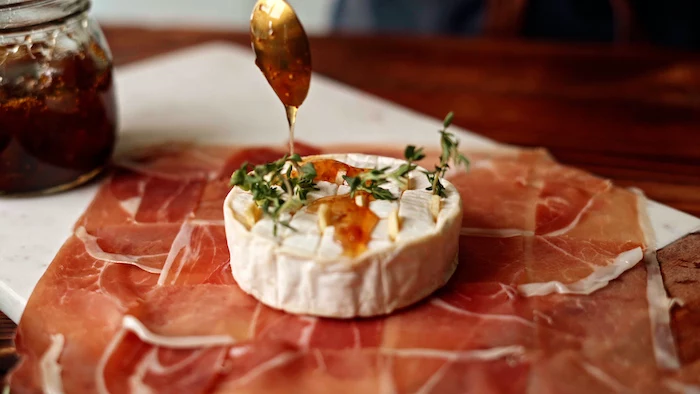
The Green Team: Freshness and Bite
With all this rich, comforting food, your table desperately needs something green and lively. These dishes are here to provide a bright, fresh contrast and keep everything from feeling too heavy. The number one rule? Do not overcook them.
Perfectly Roasted Veggies, No Steam Allowed
Roasting is, hands down, the best way to cook vegetables like Brussels sprouts, broccoli, or carrots for Thanksgiving. It makes them sweet and savory instead of bitter and boring.
Here’s the deal with roasting: The enemies are moisture and crowding. If your pan is too wet or too full, your veggies will steam instead of roast. You want high heat and plenty of space.
- The Rules: Crank your oven to at least 400°F, even 425°F is great. Wash and thoroughly dry your vegetables. A salad spinner works wonders. Use a big baking sheet and give everything space—use two pans if you have to! Toss with a generous amount of olive oil, salt, and pepper. Roast for 20-30 minutes, until tender and you see those delicious crispy brown bits.
- Pro Tip: Finish them after they come out of the oven. A big squeeze of fresh lemon juice, a shower of chopped parsley, or a sprinkle of Parmesan will add a final pop of flavor that would just burn in the oven.

Green Bean Casserole, But Make It Awesome
I get the nostalgia for the old-school canned soup version. But a from-scratch green bean casserole is a whole different universe of flavor, and it’s not nearly as hard as it sounds.
Good to know: This upgraded classic serves about 8.
- The Beans: Use fresh green beans. Blanch them by boiling in salted water for 3 minutes, then plunge them into a bowl of ice water. This little step locks in their bright green color and keeps them crisp. You can even use frozen green beans if you thaw and pat them very dry first.
- The Sauce: This is your soup replacement. Sauté a pound of sliced mushrooms (cremini are great, but plain white button mushrooms are cheaper and work fine) in butter until they’re golden brown. Add some shallots and garlic. Whisk in a few tablespoons of flour, then slowly stream in some chicken broth and heavy cream. Simmer until it’s a thick, glorious gravy.
- The Topping: Instead of the canned stuff, thinly slice a couple of shallots, toss them in a little flour, and fry them in some oil until they’re crispy and golden. The crunch is unbelievable.
- Putting it all together: Mix the blanched beans and mushroom sauce, bake at 375°F for about 25 minutes, then top with your crispy shallots and bake for 5 more minutes.
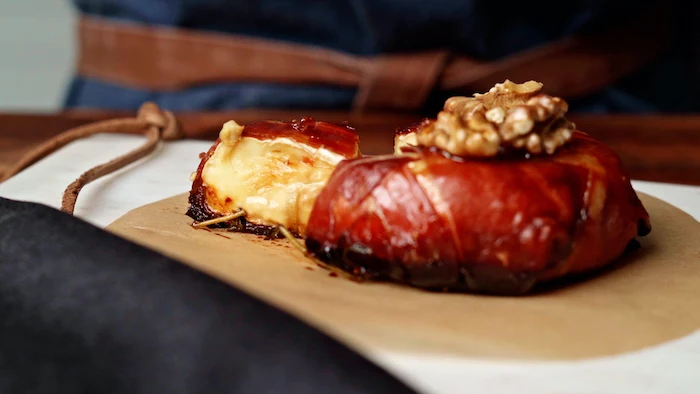
The Savory Bakes: Dressing & Mac
These are the ultimate comfort foods on the table. They’re the cozy sweaters of the Thanksgiving meal, baked until golden and bubbly.
The Great Debate: Dressing vs. Stuffing
First, let’s clear this up. Dressing is cooked in a separate pan, while stuffing is cooked inside the turkey. For food safety and better texture, I always, always recommend making dressing. It’s nearly impossible to get stuffing inside a bird to a safe temperature (165°F) without drying out the turkey breast. Plus, dressing gets those amazing crispy edges!
Good to know: This recipe makes a generous amount, serving 10-12.
- The Goods: A 1 lb loaf of sturdy, day-old bread (like sourdough), 1 lb of bulk pork sausage (usually around $4-$6 at the store), butter, onions, celery, fresh sage and thyme, chicken stock, and a couple of eggs.
- How to Do It: The key to non-mushy dressing is using very dry bread. Cut it into cubes and leave it out overnight, or toast it in a low oven. In a big skillet, brown the sausage, then use a slotted spoon to remove it, leaving the flavorful fat behind. Sauté your onions and celery in that fat until they’re super soft, then add the herbs.
- In a huge bowl, mix the dry bread, cooked sausage, and sautéed veggies. Whisk the eggs into your chicken stock, then pour it over everything and toss gently. Let it sit for 10 minutes to absorb.
- Quick Tip: If you’re using store-bought dried bread cubes, they are bone dry, so you’ll probably need to add a little extra stock. Just add it until the mixture feels moist, but not swimming in liquid. Bake in a buttered dish at 375°F for 30-40 minutes until the top is irresistibly brown and crispy.
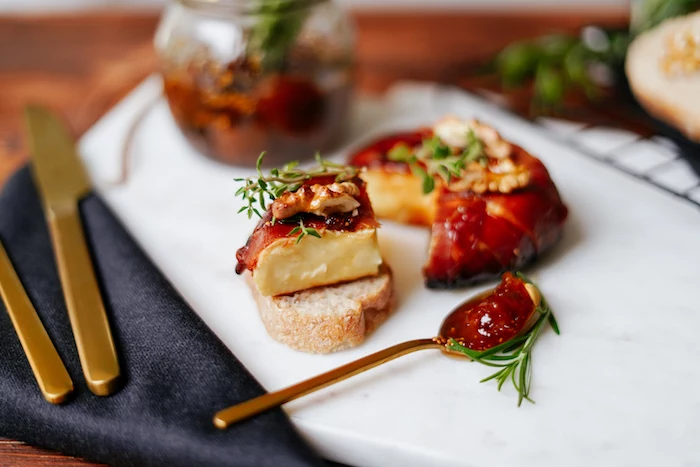
The Creamiest Baked Mac and Cheese
This is where technique makes all the difference. The secret to a velvety, stable cheese sauce that doesn’t get greasy or grainy is a classic French technique for a sauce called a Mornay.
Good to know: This rich dish easily serves 8-10 as a side.
- What You’ll Need: 1 lb elbow macaroni, butter, flour, spices, a 12-oz can of evaporated milk, whole milk, and about 1.5 pounds of cheese.
- The #1 Rule: Grate your own cheese! Pre-shredded cheese is coated with stuff to prevent clumping, and it will make your sauce grainy. Buying blocks of sharp cheddar and Gruyère and grating them yourself is the single best thing you can do for your mac and cheese.
- How to Do It: Cook your pasta for about 2 minutes less than the package says. It’ll finish cooking in the oven. For the sauce, melt butter, whisk in flour and spices, and cook for a minute. This is your roux. Slowly whisk in the evaporated milk (this is a secret weapon for creaminess!), then the whole milk. Cook until it thickens.
- And this is important: Remove the pan from the heat before adding the cheese. Add your grated cheese in handfuls, stirring until each batch is melted. This prevents the sauce from breaking and getting oily. Fold in your cooked pasta, transfer to a baking dish, top with more cheese or breadcrumbs, and bake at 375°F for about 30 minutes.
- What if my sauce is grainy? It probably means you added the cheese when the sauce was too hot. Take it off the heat immediately and whisk vigorously. Sometimes adding another splash of warm milk while you whisk can help bring it back together.
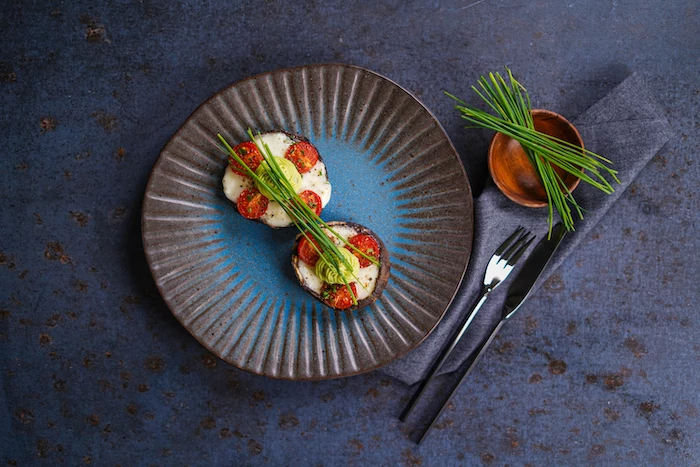
The Game Plan: Your Make-Ahead & Reheating Strategy
Trying to cook everything on Thanksgiving Day is a one-way ticket to a stress-induced meltdown. A solid prep schedule is your best friend. Here’s a timeline and, more importantly, how to reheat everything without ruining it.
Juggling the Oven
This is the real-life Thanksgiving puzzle, right? The gratin needs 350°F and the sweet potatoes need 400°F. What do you do? Most casseroles are pretty forgiving. You can bake the gratin, mac and cheese, and dressing together at 375°F. Just keep an eye on them; they might need a few more or a few less minutes. The only thing that’s picky is high-heat roasted vegetables, so try to do those when the oven is free, or right before serving.
Your Timeline for a Calm Kitchen
- Two or Three Days Before: Go grocery shopping. Make your cranberry sauce. Chop all your onions, celery, and garlic for the various dishes and store them in airtight containers in the fridge. Cube your bread for the dressing and leave it out on a baking sheet to dry.
- The Day Before (Wednesday): This is your big prep day! You can fully assemble the potatoes au gratin, the green bean casserole (keep the crispy topping separate), and the mac and cheese. Cover and stick them in the fridge. You can also assemble the dressing. Peel and chop your potatoes for mashing and keep them in a pot of cold water in the fridge.
- Thanksgiving Day: Pull the casseroles from the fridge an hour before baking. They’ll need a little extra oven time since they’re starting cold. Reheat them, covered with foil, in a 350-375°F oven for about 30 minutes until hot. Uncover for the last 10 minutes to crisp up the top.
- Mashed Potato Magic: The slow cooker is the MVP for reheating mashed potatoes. On Thanksgiving morning, dump your cold, pre-made potatoes into the slow cooker on LOW with an extra splash of milk and a pat of butter. Let them heat for 2-3 hours, stirring once or twice. They’ll be perfectly hot and creamy when you’re ready to eat, freeing up precious stove space.
At the end of the day, cooking this meal is a massive act of love. It takes some planning, for sure. But when you sit down at that table, surrounded by people you care about and food that you made with your own hands, every bit of effort is worth it. And if something isn’t perfect? It’s okay. The point isn’t a flawless meal; it’s sharing a moment of gratitude together. You’ve got this.
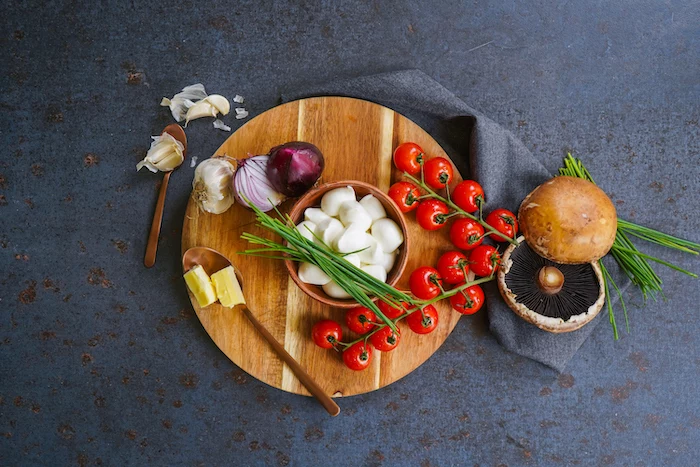
Inspirational Gallery
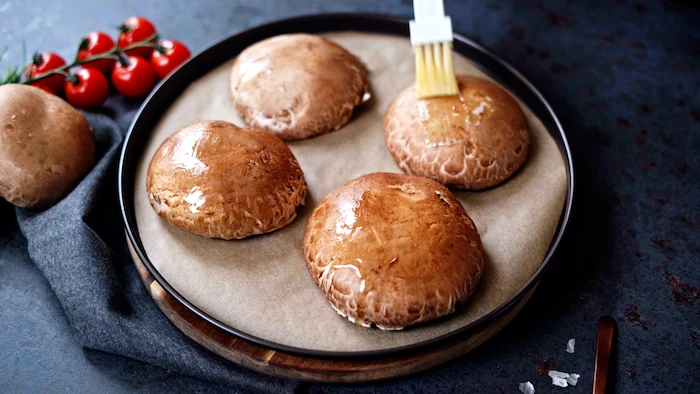
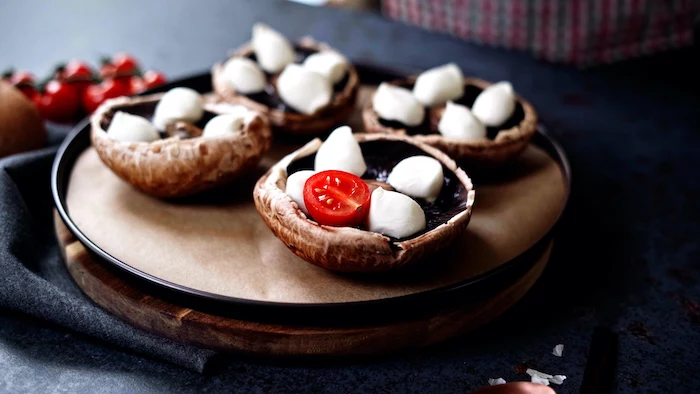
The secret weapon for the creamiest mashed potatoes? It’s not more butter (though that helps!). It’s a potato ricer. Pushing cooked potatoes through a ricer breaks them down into fine, fluffy strands without activating the starch, which is what makes overworked potatoes gluey. It’s the single tool that elevates your mash from good to unforgettable.
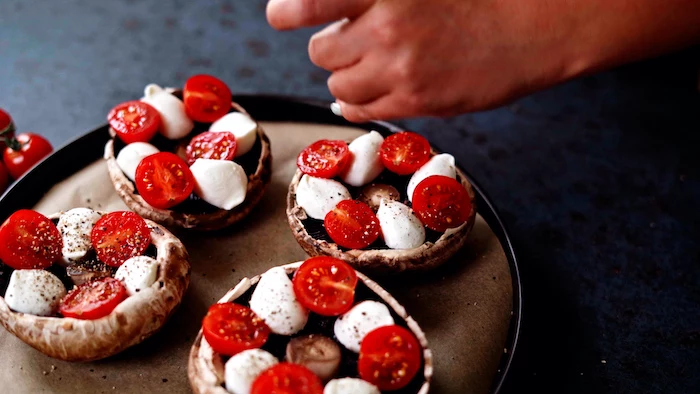
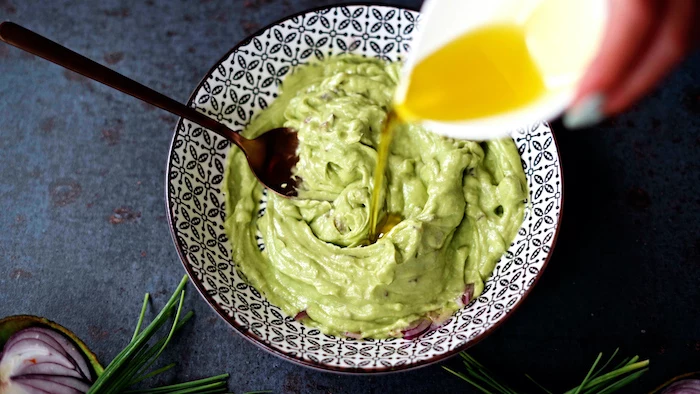
- Toast your nuts and spices to awaken their essential oils.
- Add a splash of acid (lemon juice, vinegar) to cut through richness.
- Finish dishes with fresh, tender herbs right before serving.
Three simple actions that take seconds but add layers of professional-level flavor to any side dish.
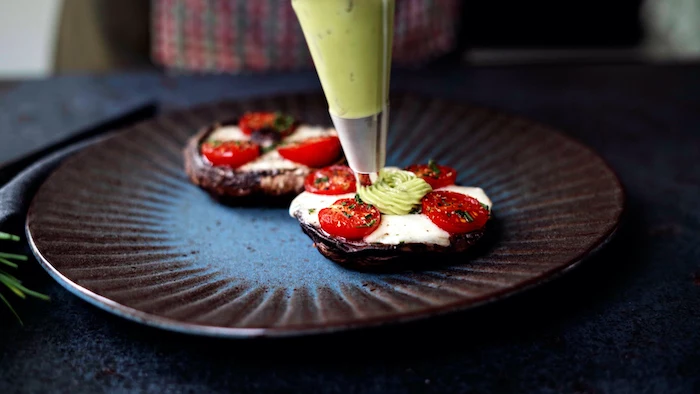
The first cranberry sauce was reportedly served to pilgrims in 1621, but the first commercial canned version didn’t appear until 1912, produced by the Cape Cod Cranberry Company.
While the canned, jellied log is a nostalgic favorite for many, making your own is surprisingly simple. A bag of fresh cranberries, sugar, water, and perhaps a strip of orange peel simmered for 10 minutes creates something vibrant and complex that the can just can’t match.
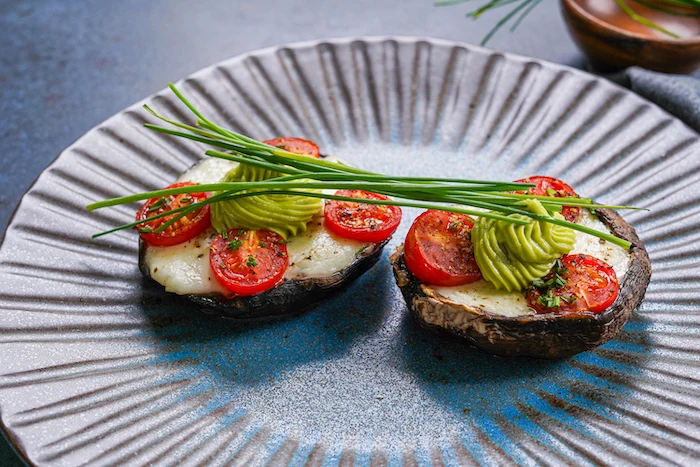
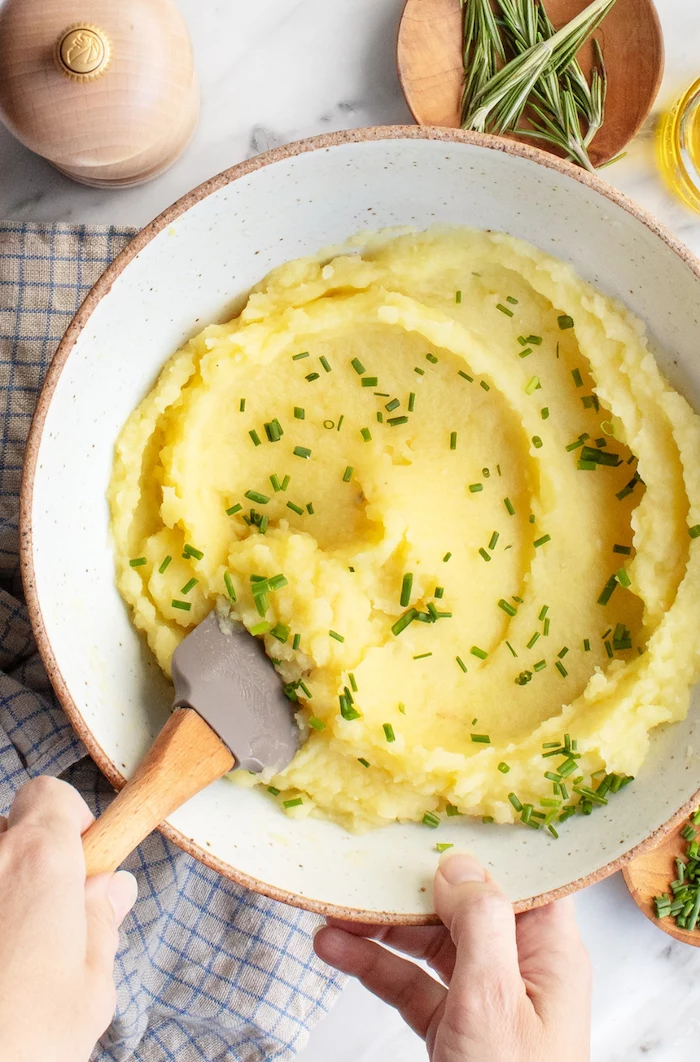
Don’t let your oven be a bottleneck. Your other appliances are your support staff. Keep mashed potatoes warm and ready in a slow cooker set to low. Use your air fryer for ultra-crispy Brussels sprouts. The stovetop is perfect for blanching green beans or creating a luscious creamed spinach. A multi-pronged attack means everything is hot when you need it to be.
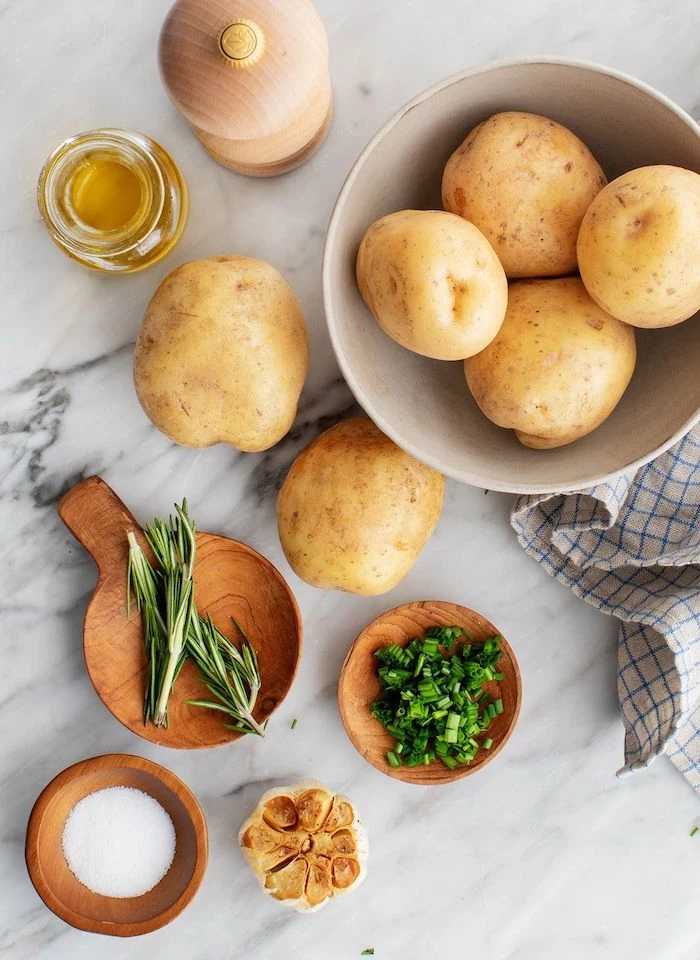
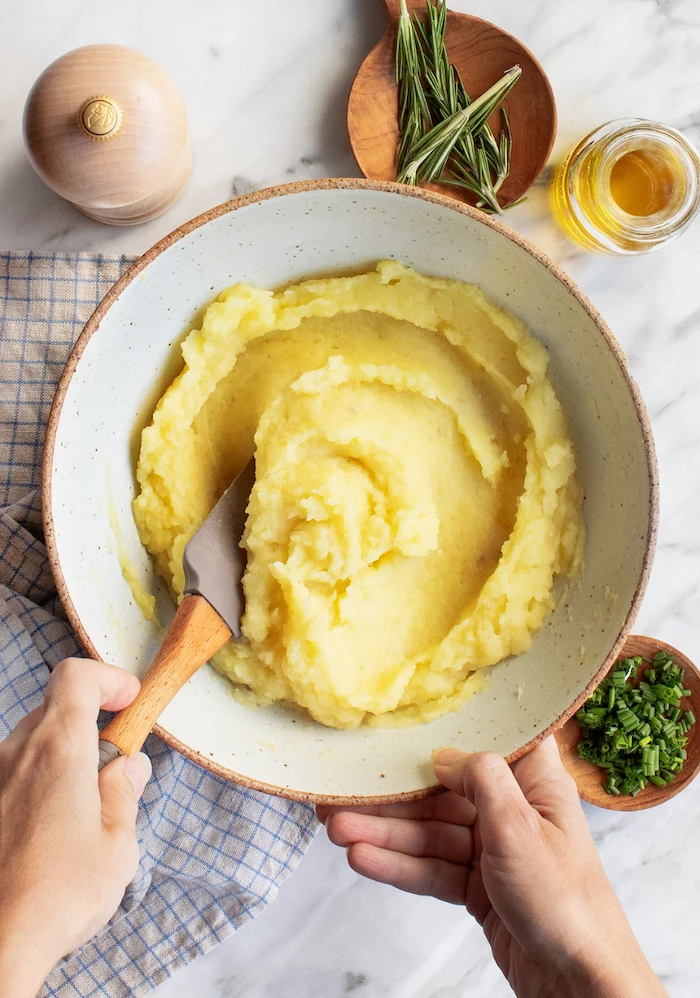
How do I rescue bland or lumpy gravy at the last minute?
First, don’t panic! For lumps, a quick blitz with an immersion blender will smooth it out instantly. If it’s bland, it likely needs more than just salt. Try adding a splash of soy sauce or a teaspoon of Marmite for umami depth, a dash of sherry vinegar to brighten it, or even the reserved liquid from rehydrating dried mushrooms. Taste and adjust until it sings.
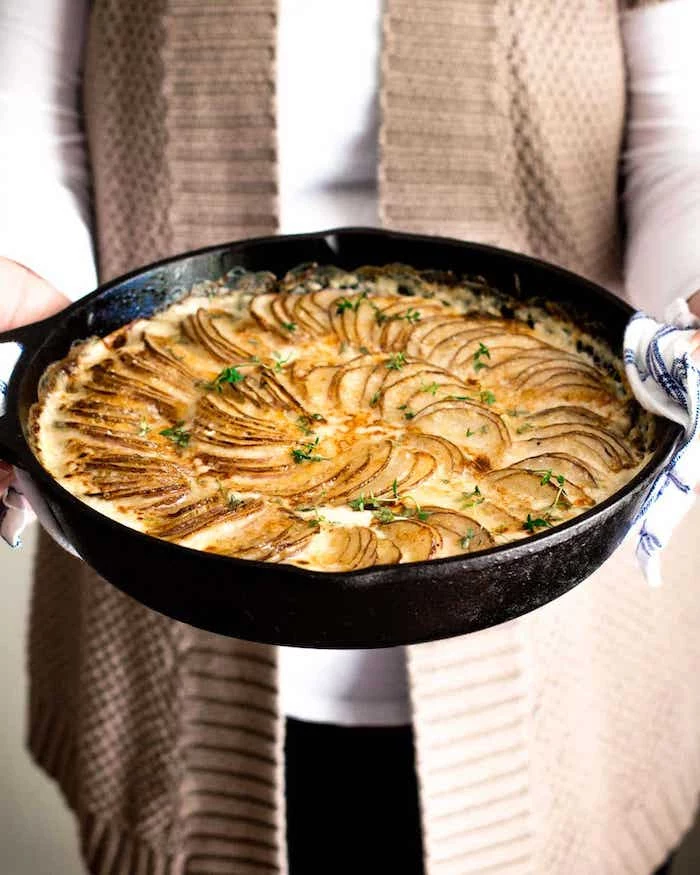
The humble dinner roll becomes a conversation piece with a simple compound butter. Soften a stick of good quality butter (like Kerrygold) and mix in your chosen flavorings. Think finely chopped rosemary and sea salt, honey and thyme, or even a bold combination of minced garlic, parsley, and a pinch of red pepper flakes. Roll it into a log in parchment paper, chill, and serve in elegant pats.
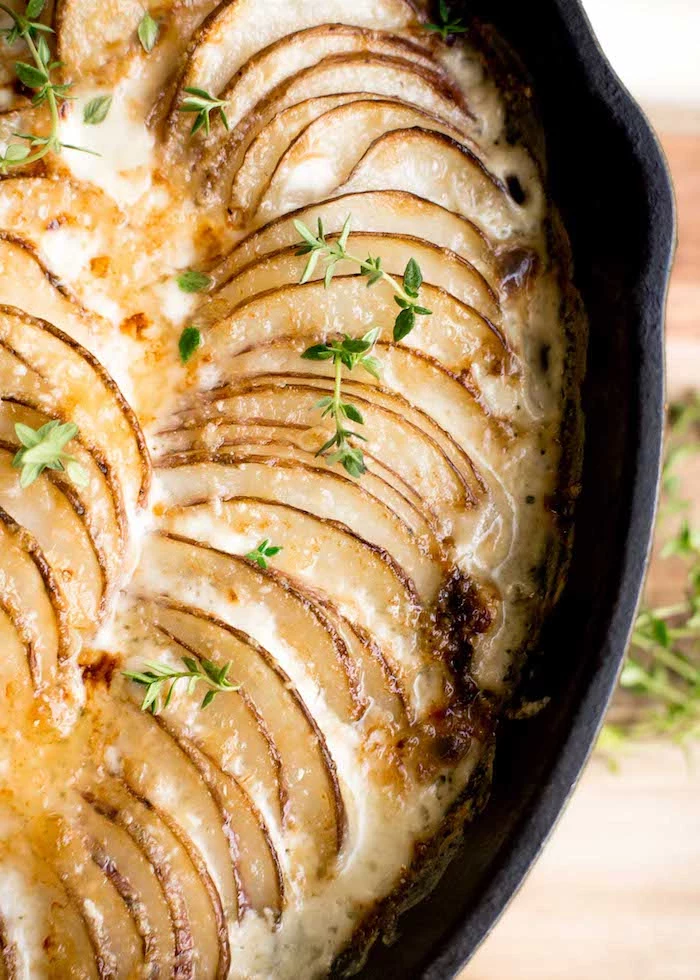
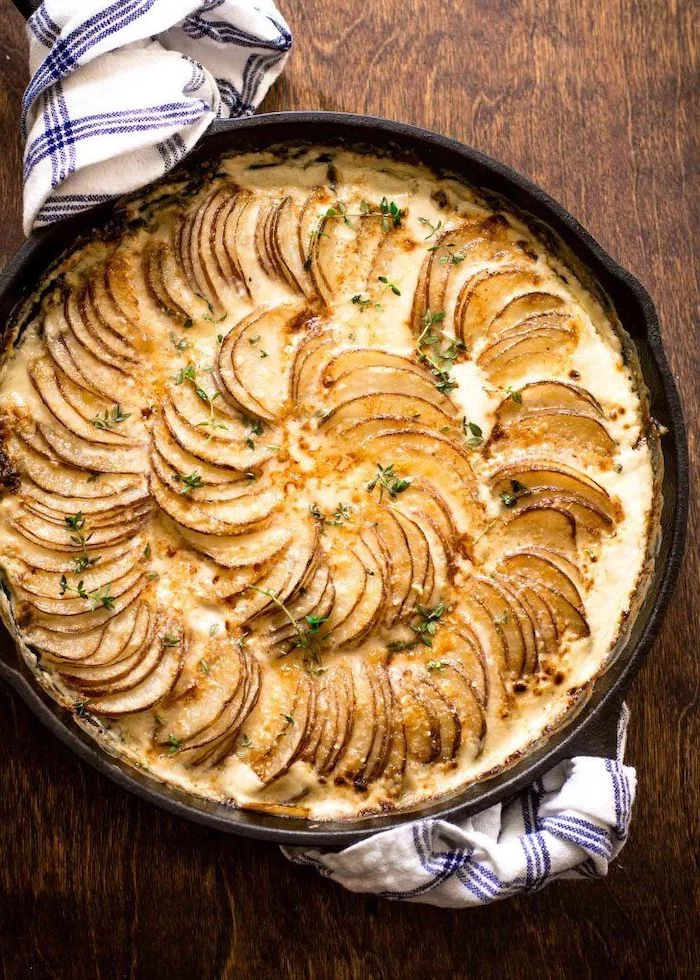
“The most important thing for a good dinner is that the people who cook it have fun cooking it.” – Julia Child
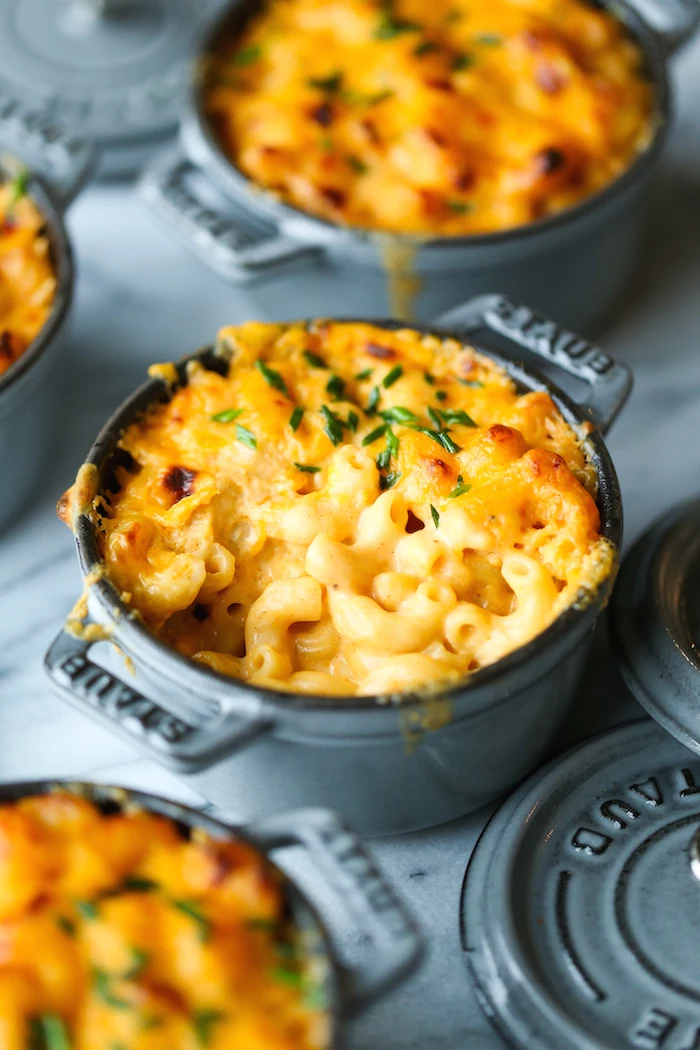
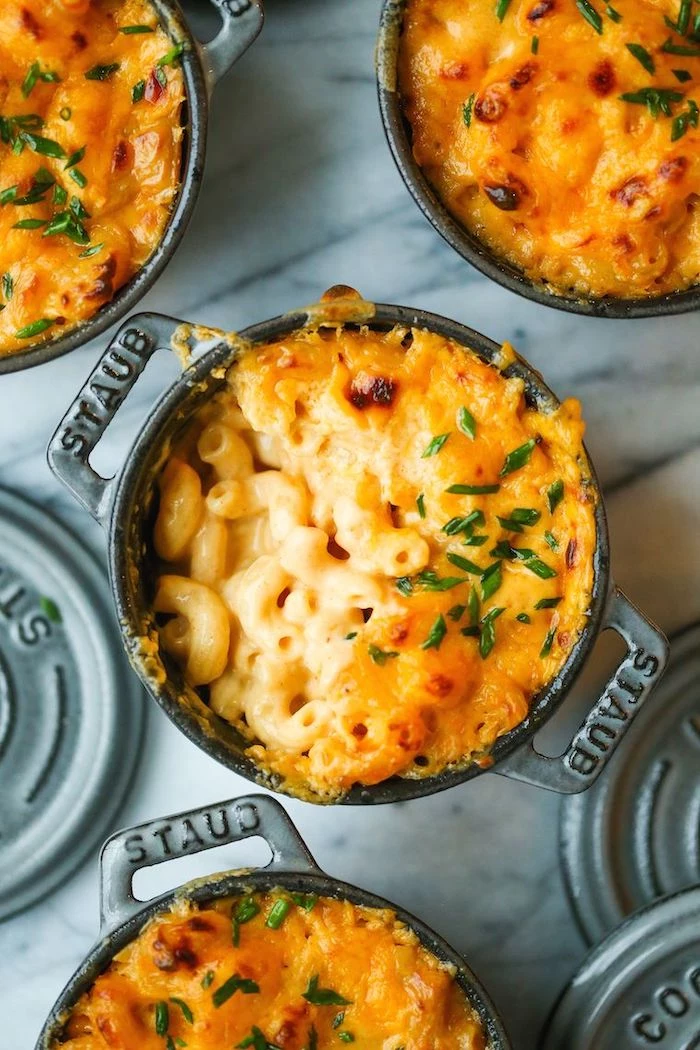
For the perfect gratin: The cheese pull you see in photos comes from using the right combination of cheeses. A good Gruyère provides that classic nutty flavor and melting quality. Add a bit of sharp cheddar for tang, and a sprinkle of Parmesan on top ensures a beautifully browned, savory crust. Don’t be afraid to mix and match for complexity.
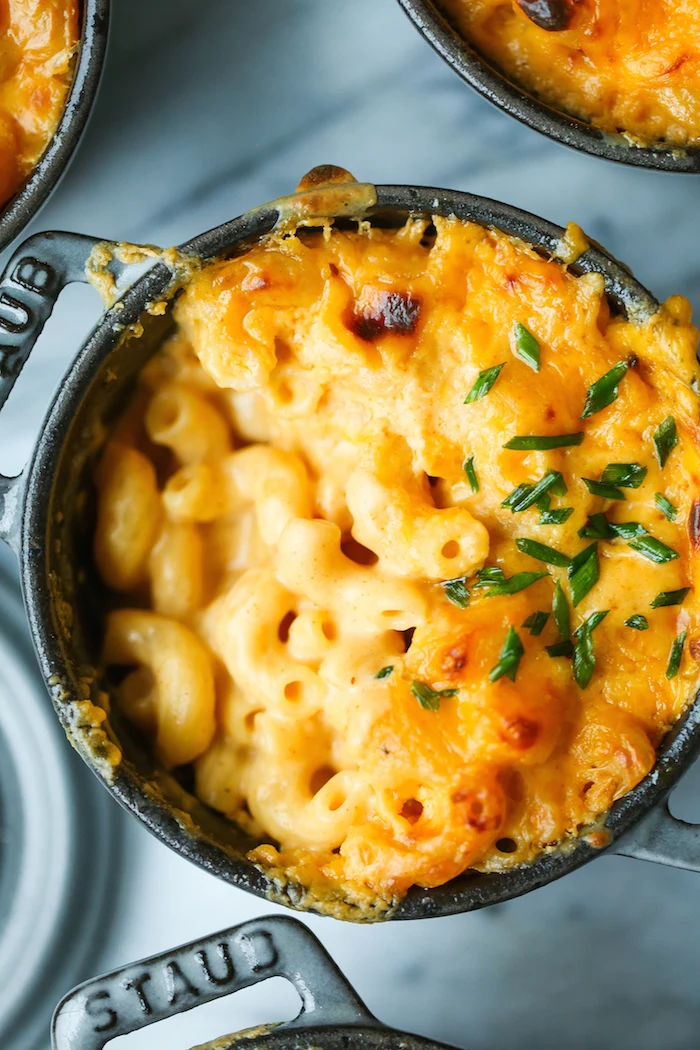
Cast-Iron Skillet: The ultimate vessel for sides that need a good crust. Perfect for a Southern-style cornbread dressing or for searing Brussels sprouts with bacon before finishing them in the oven. A well-seasoned Lodge skillet provides even heat and goes straight from stovetop to oven to table.
Enameled Baker: For creamy gratins, scalloped potatoes, or baked mac and cheese, nothing beats an enameled cast iron or stoneware baker from brands like Le Creuset or Staub. They hold heat beautifully, preventing soggy bottoms and ensuring even cooking.
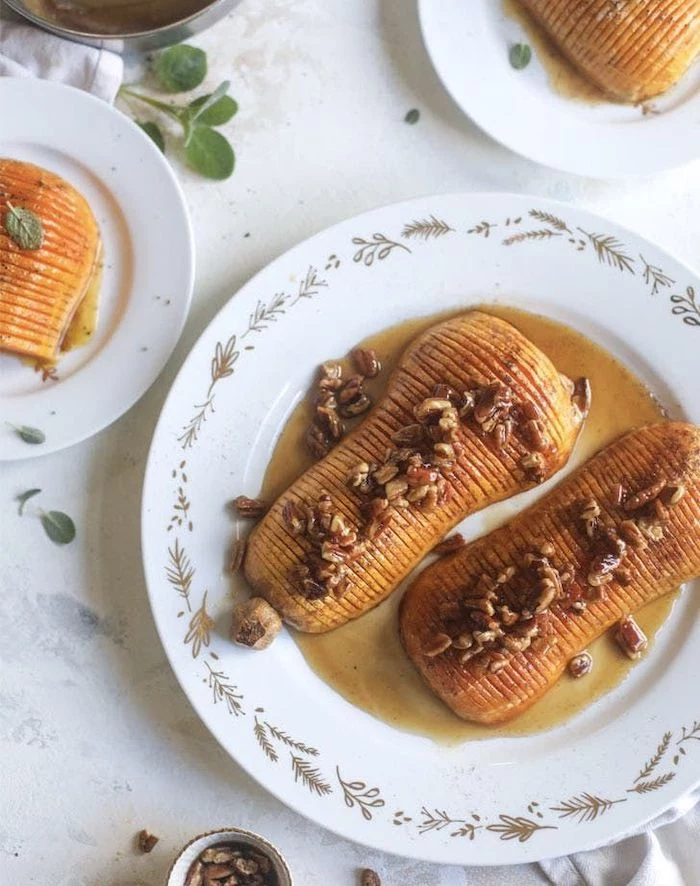
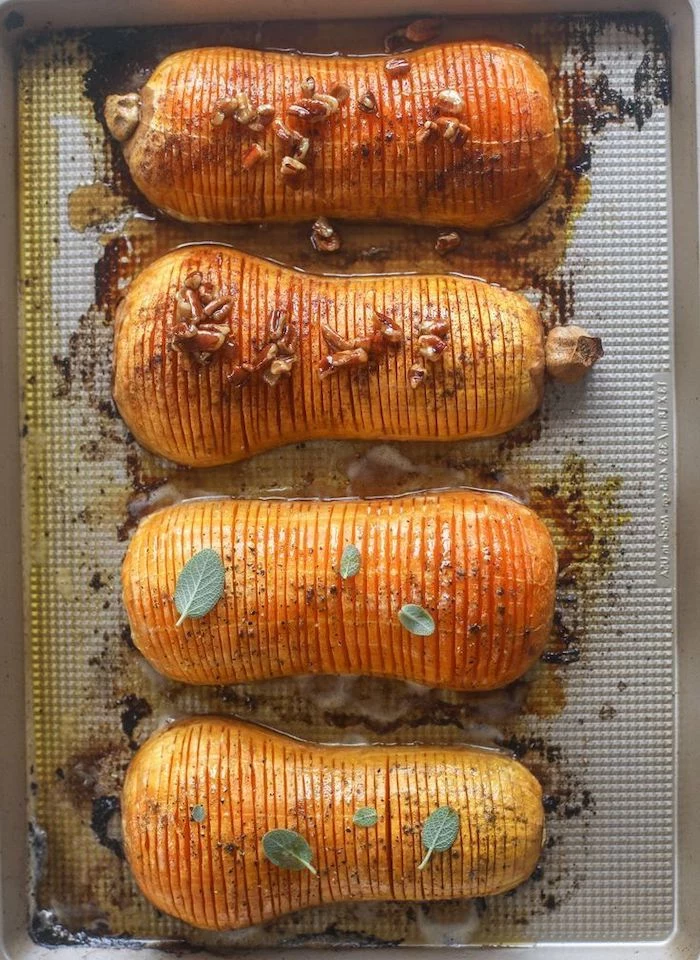
- Make-Ahead Monday: Finalize your menu and shopping list. Make and freeze your pie dough.
- Tuesday: Go grocery shopping. Make your cranberry sauce (it gets better with time).
- Wednesday: Prep your vegetables! Chop onions, celery, and carrots. Toast nuts. Assemble any casseroles (like green bean or mac and cheese) without the final topping, cover, and refrigerate. Make your brine for the turkey.
- Thanksgiving Day: Focus on cooking the turkey and simply baking or reheating your pre-assembled sides.
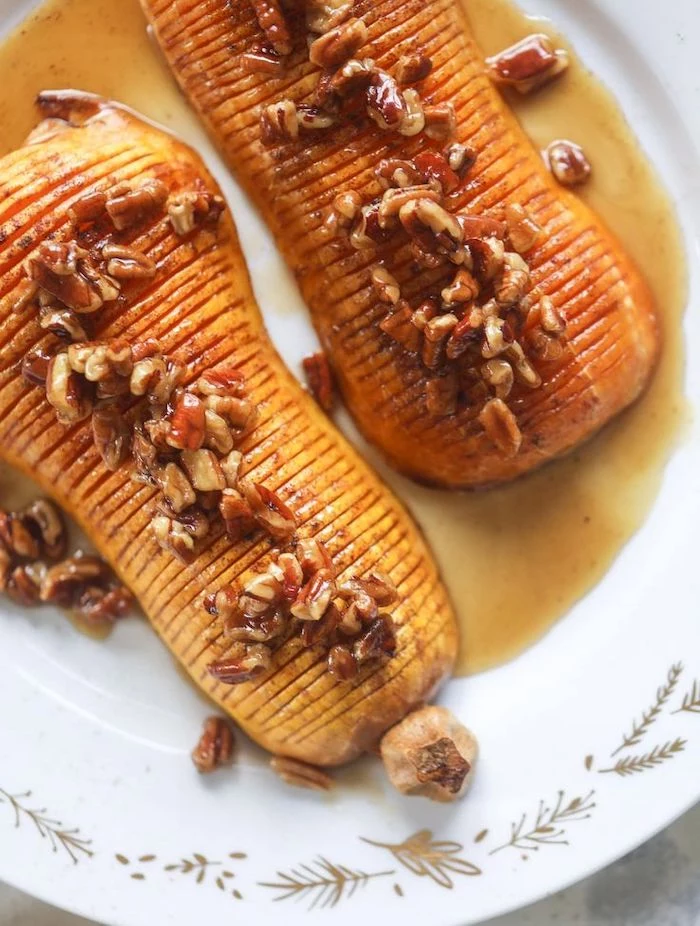
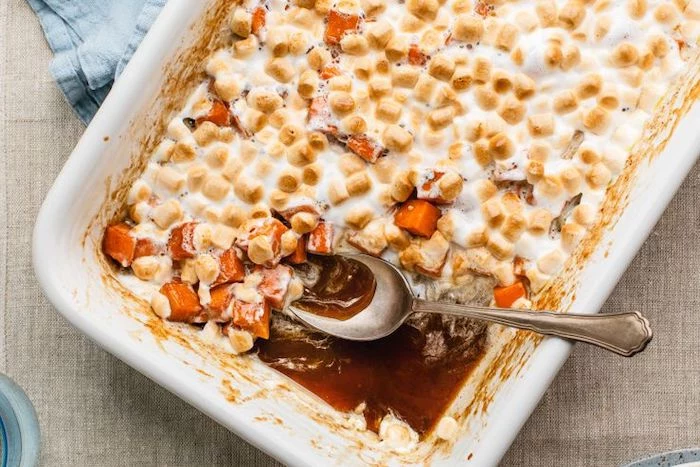
That iconic Green Bean Casserole wasn’t a time-honored family recipe. It was invented in 1955 by a woman named Dorcas Reilly, who worked in the home economics department at the Campbell’s Soup Company. Her goal was to create a simple, reliable dish using two ingredients most American households had on hand: green beans and Campbell’s Cream of Mushroom soup.
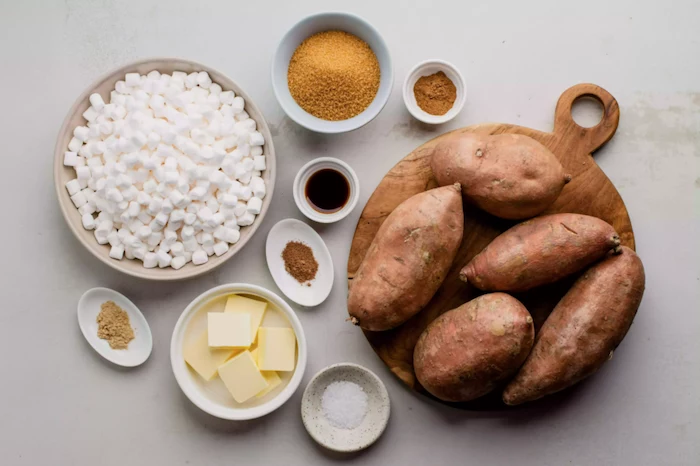
Tired of the same old roasted carrots? A simple glaze can transform them. Try whisking together white miso paste, a little maple syrup, and melted butter for a savory-sweet finish. For a bit of heat, a glaze of gochujang, honey, and sesame oil is a spectacular modern twist on a classic.
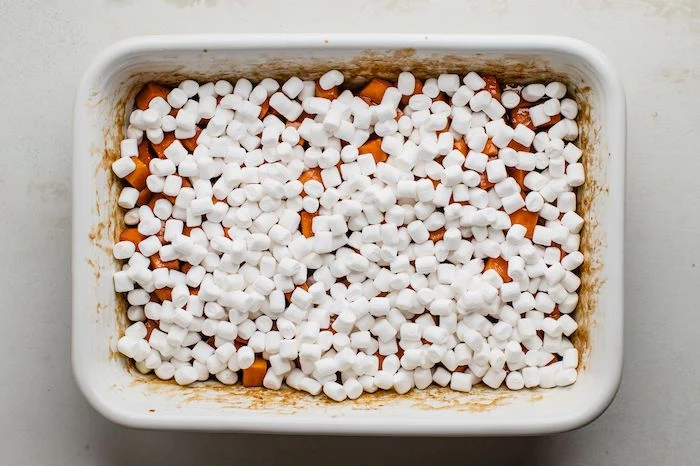
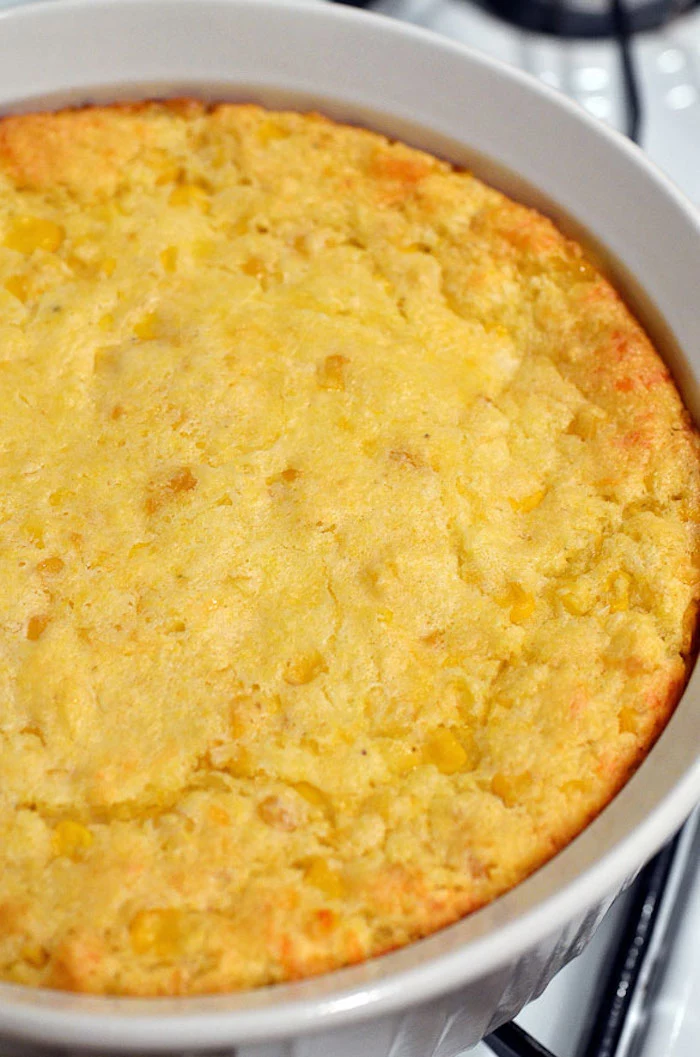
A note on seasoning: Remember that you need to season every layer of your dish. Salt the water for your potatoes. Season the vegetables before they go into the oven. Add salt and pepper to your béchamel sauce. Building flavor at each step is the difference between a flat side dish and a dynamic one. Tasting as you go is non-negotiable.
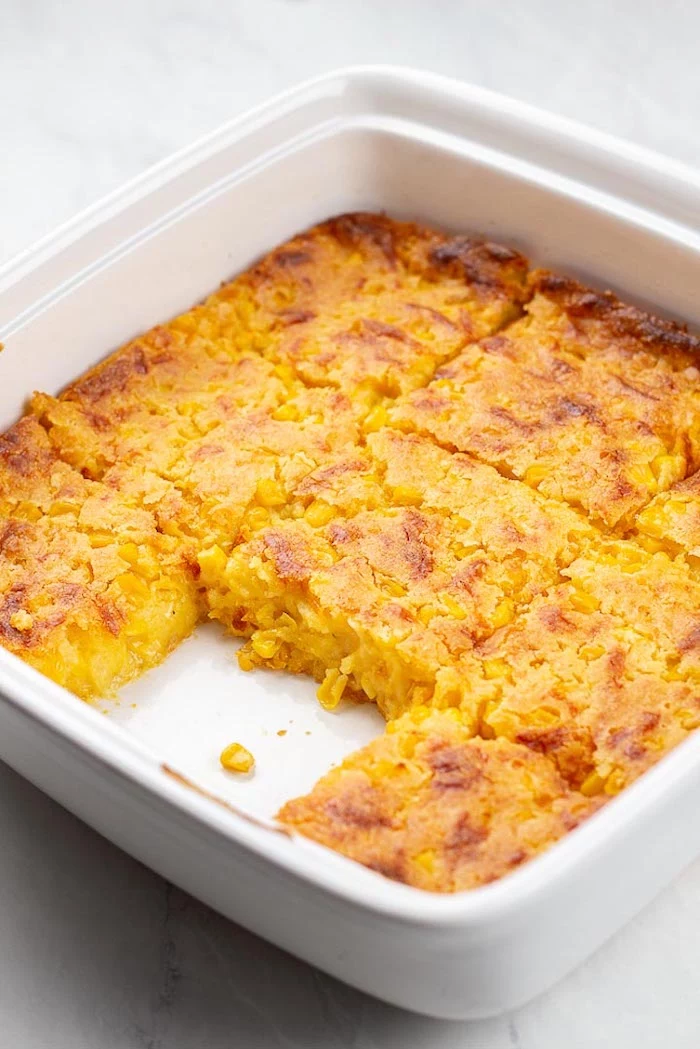
Elevate your green bean game beyond the classic casserole. A simple blanching keeps them crisp and bright green. From there, the possibilities are endless.
- Toss with toasted almonds, lemon zest, and browned butter.
- Top with crispy prosciutto or pancetta and shaved Parmesan.
- Drizzle with a vinaigrette made from sherry vinegar, shallots, and good olive oil.
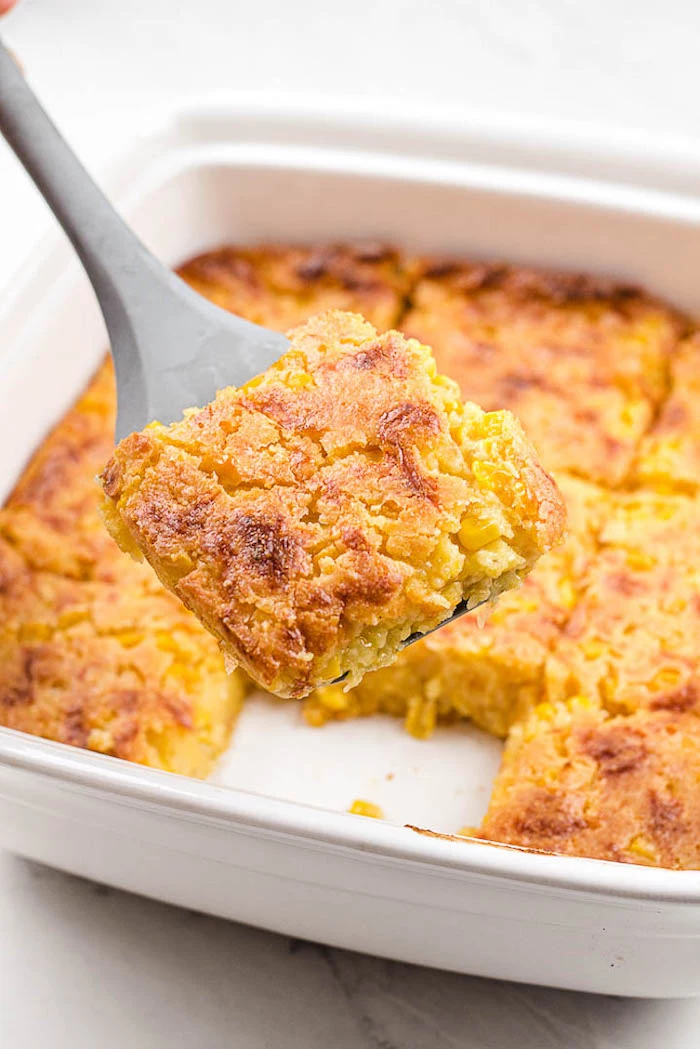
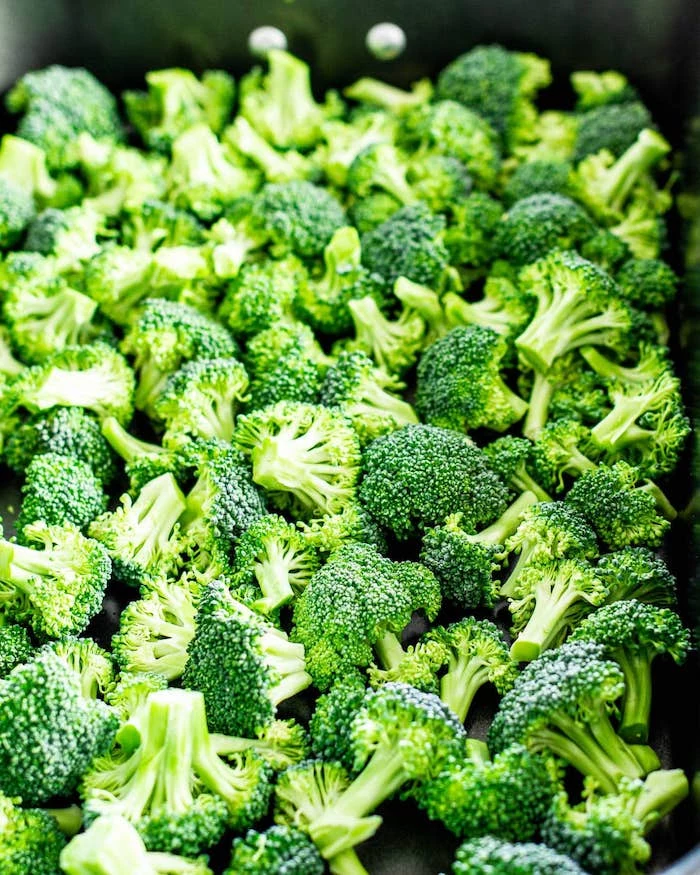
Can I really make mashed potatoes ahead of time without them turning into cement?
Absolutely. The secret is fat and gentle reheating. Prepare your mashed potatoes completely on Wednesday, with plenty of butter and cream. Store them in an airtight container in the fridge. On Thanksgiving, transfer them to a slow cooker set on low a few hours before dinner, adding a splash of milk or cream. Stir every 30 minutes. They’ll be perfectly hot and creamy right when you need them, freeing up a valuable burner on your stove.
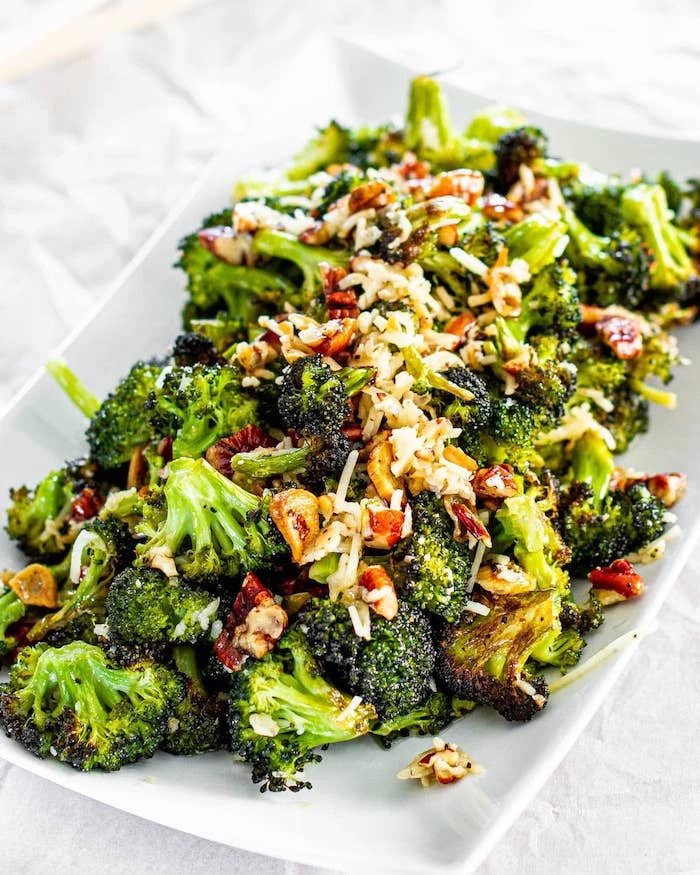
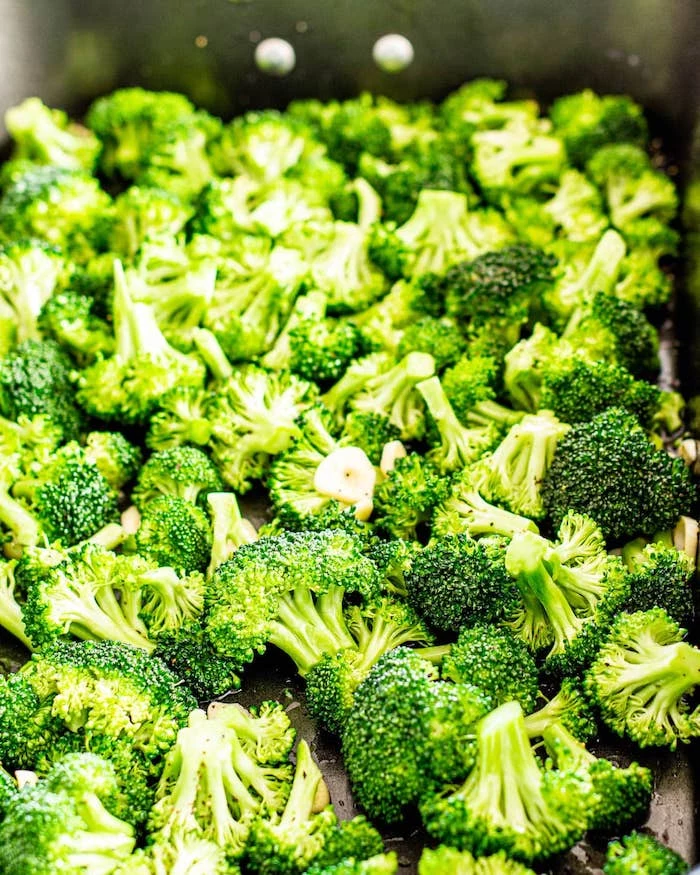
Think beyond butternut. The world of winter squash is vast and exciting. Delicata squash has a tender, edible skin and a nutty, brown-sugar flavor—simply slice into rings and roast. Kabocha squash is intensely sweet and fluffy, a fantastic alternative in mashes or pies. Acorn squash is perfect for stuffing and roasting, creating individual, edible bowls for each guest.

- A deep, nutty, and complex flavor.
- A beautiful golden-brown color.
- An aroma that fills the kitchen with warmth.
The secret is brown butter. Simply melt butter in a light-colored pan over medium heat, swirling until the milk solids toast and turn brown. Use it on roasted vegetables, in mashed potatoes, or as a sauce for ravioli.
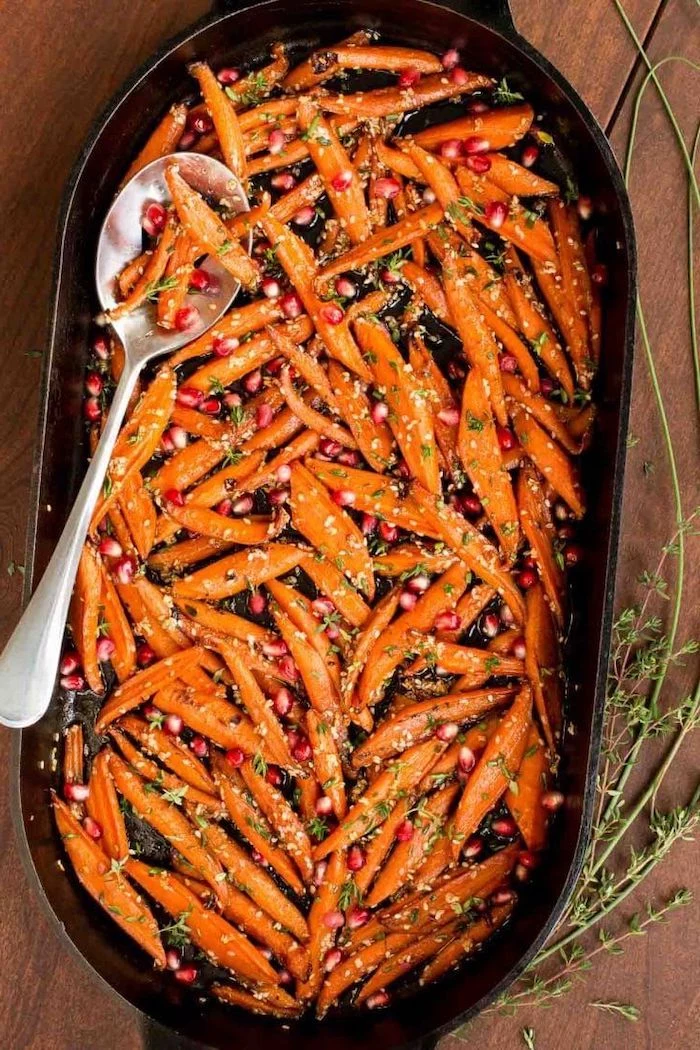
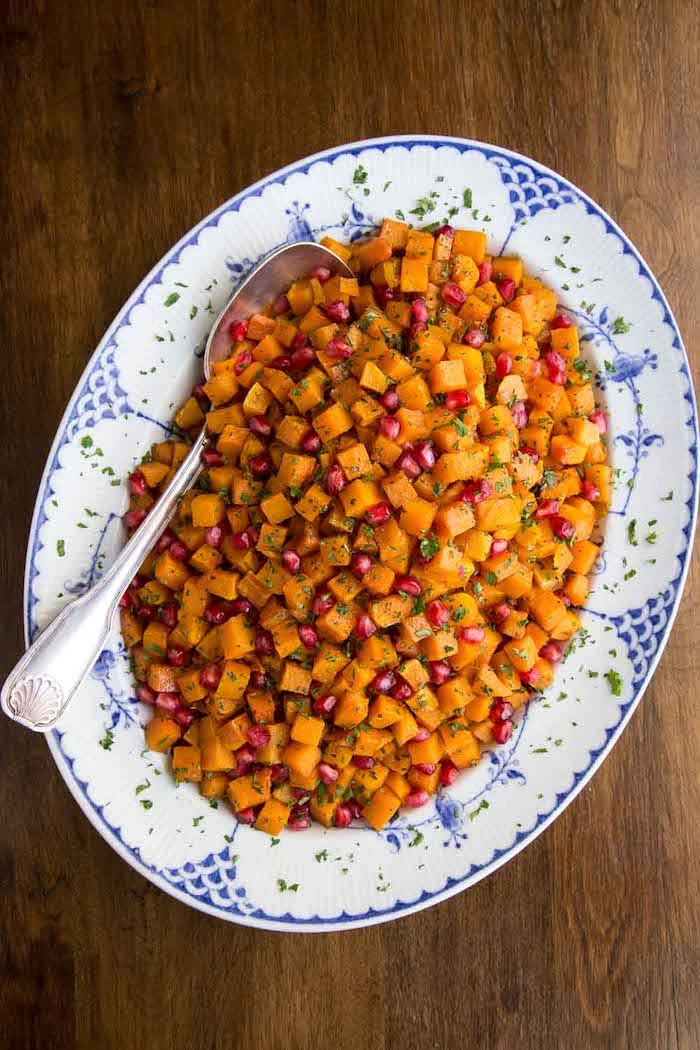
According to a 2019 Instacart survey, the most uniquely popular Thanksgiving side in 23 states is some form of mashed potatoes, confirming their status as the holiday’s undisputed champion.
This explains why getting them right feels so important! While the recipe is simple, the technique matters. Don’t cut your potatoes too small before boiling (they’ll absorb too much water), and always add warm milk and melted butter for the smoothest result.
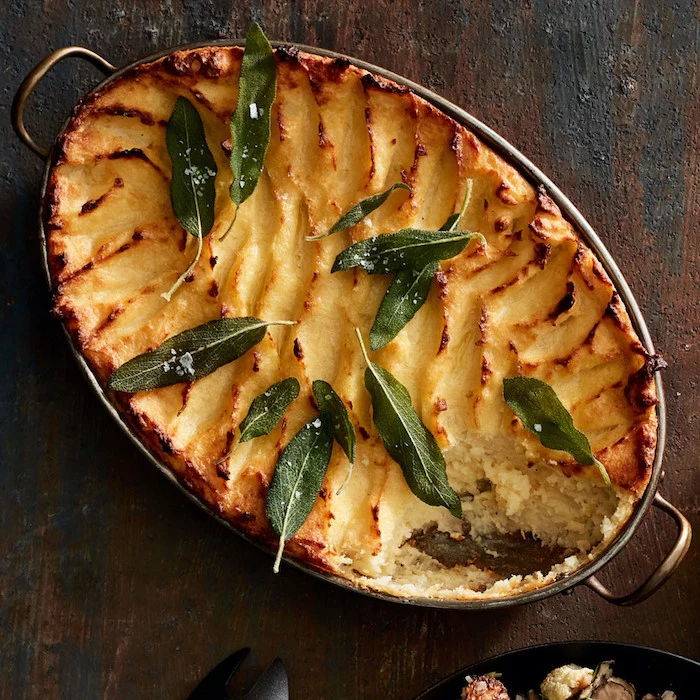
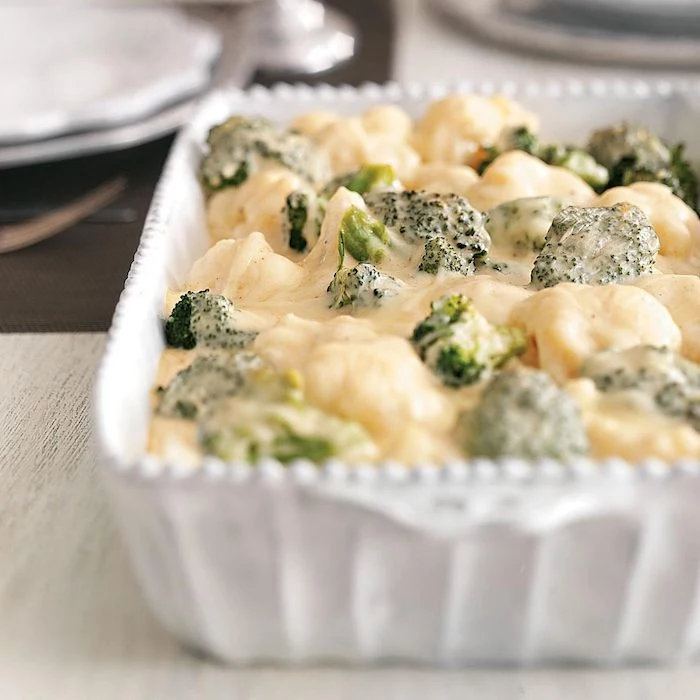
Create a mini
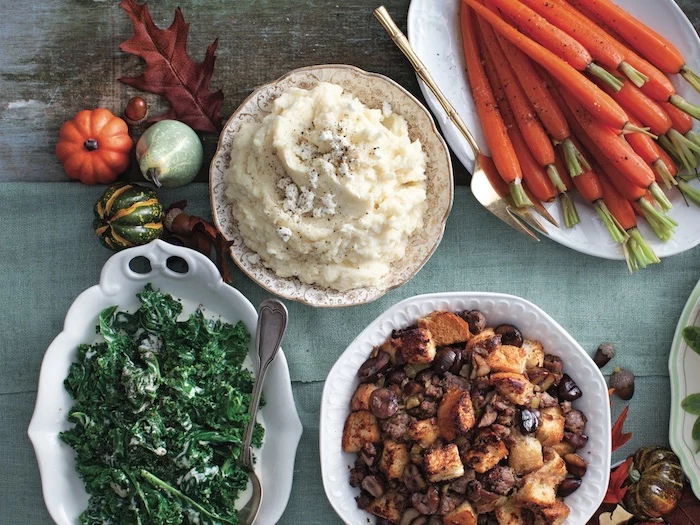
Don’t throw away your vegetable scraps! The peels from your carrots, the ends of your onions, and the stalks from your celery can all be saved. Simmer them in a pot of water with a bay leaf and some peppercorns while you cook. After an hour, strain it. You’ll have a flavorful, homemade vegetable broth to use as the base for your gravy, adding incredible depth for free.
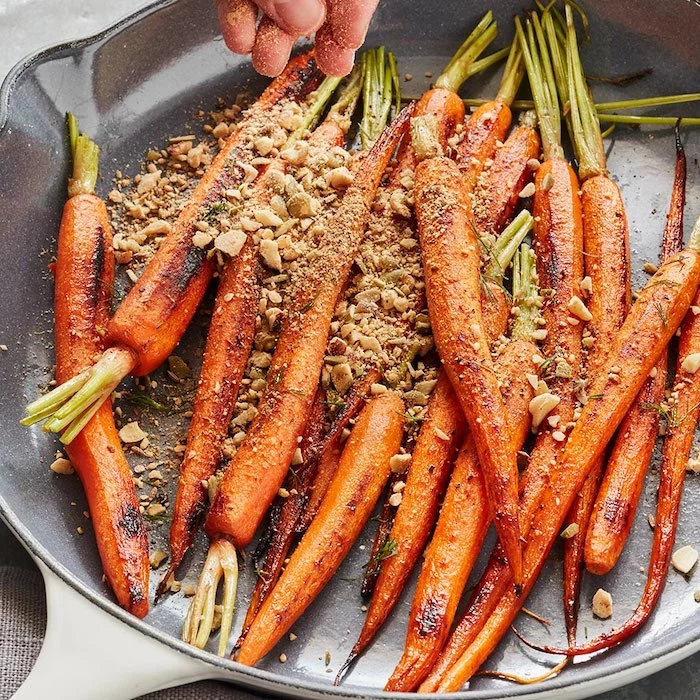
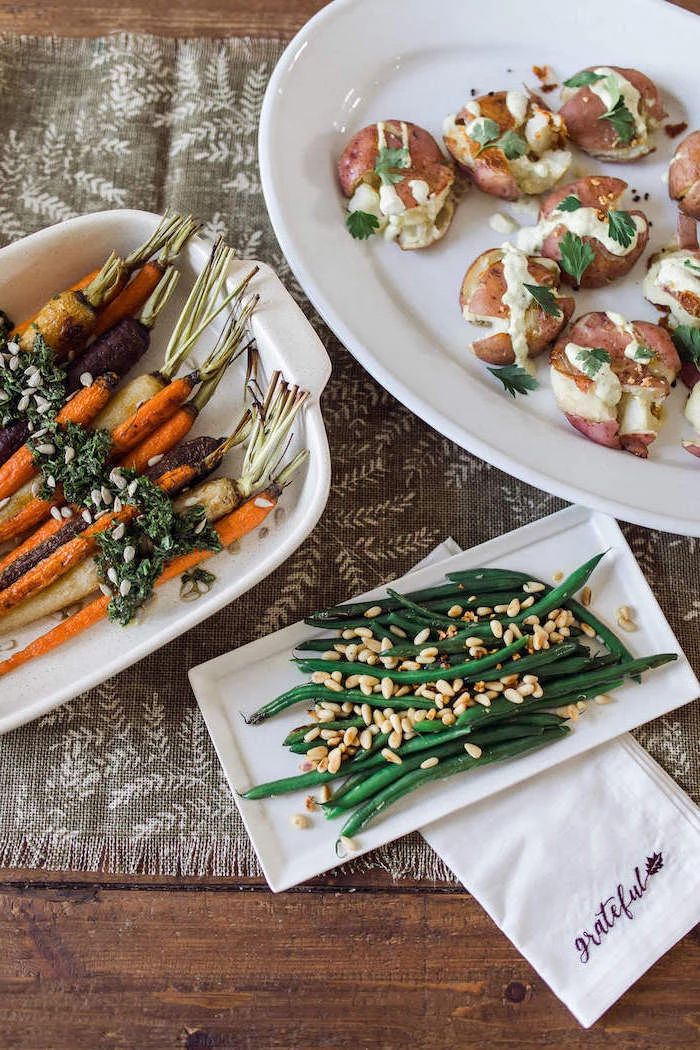
Southern Cornbread Dressing: Tends to be crumbly, savory (often with sage and sausage), and baked in a cast-iron skillet for a crispy crust.
New England Sausage Stuffing: Typically bread-based (using sturdy white bread cubes), moister in texture, and often includes apples, cranberries, or chestnuts for a sweet and savory balance.
Both are delicious, but they represent two very different textural and flavor experiences on the Thanksgiving plate.
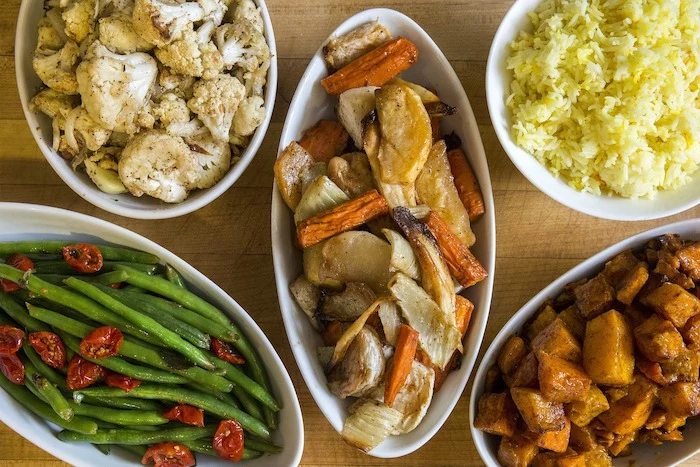

The final touch that separates a home-cooked meal from a chef-prepared one is often a fresh garnish. Before your sides go to the table, give them a final flourish. A sprinkle of bright green parsley on potatoes, a few fresh thyme leaves over roasted carrots, or some fragrant chopped chives on a creamy casserole. It’s a visual and aromatic cue that says,
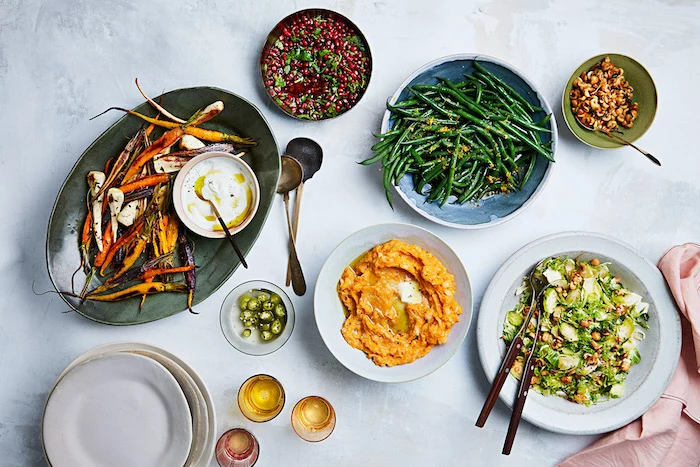
Crucial Last-Minute Fix: Is your casserole or gratin looking a little pale? Don’t be afraid to use the broiler. A quick 30-60 second blast under a watchful eye is all it takes to get that perfect, bubbly, golden-brown top. Just don’t walk away!

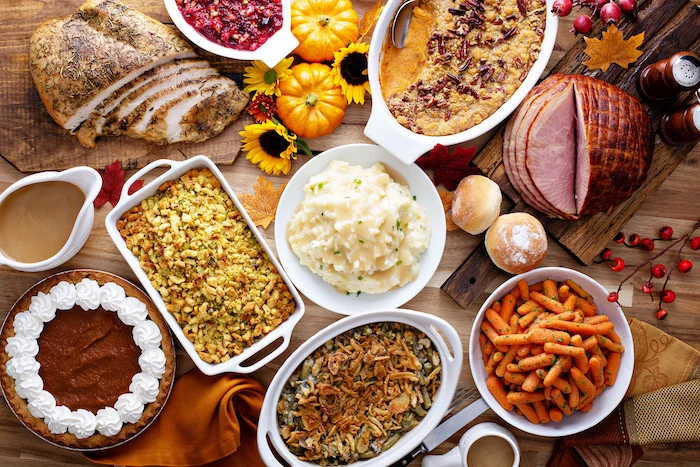
- A fat separator for perfect, non-greasy gravy.
- An instant-read thermometer (not just for the turkey, but to check if casseroles are hot in the center).
- A fine-mesh sieve for lump-free sauces or for dusting powdered sugar.
These three small tools can solve 90% of last-minute Thanksgiving emergencies.
A poll by the New York Times found that stuffing (or dressing) is the side dish most likely to beat turkey in a head-to-head matchup, winning 54% of the vote.
This confirms what many of us already knew: a perfectly savory, herby, and moist stuffing is often the most anticipated dish on the table. Whether you cook it in the bird or separately, give it the attention it deserves!

